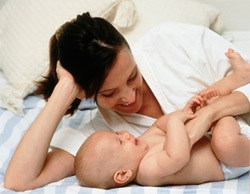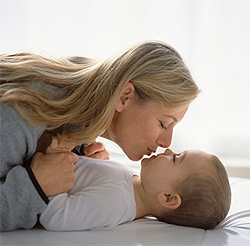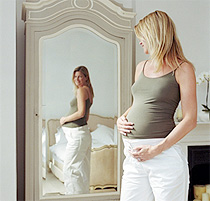 Let’s talk about one of the most ubiquitous ingredients in the shampoos you (and millions of other people) are buying, cocamide DEA.
Let’s talk about one of the most ubiquitous ingredients in the shampoos you (and millions of other people) are buying, cocamide DEA.
Cocamide DEA is cocamide diethanolamine. It is used to thicken the shampoo, a body wash, or a facial cleanser and give it a nice goopy consistency. That’s it. It serves no other purpose than creating a nice look to the product. It doesn’t help the health of your skin, it doesn’t assist in cleansing, it’s all about marketing gimmicks when it comes to cocamide DEA.
Product manufacturers believe that the thicker is the product, the more appealing it seems to the customers. Maybe they think the product is more “rich” or “nutritious” or “natural”. But there’s nothing natural about cocamide DEA.
Most of the time, smart marketers will state that cocamide DEA will be sourced from coconuts. That’s true: coconut oil is mixed with diethanolamine to make cocamide DEA. It’s then used as a emulsifier and a surfactant.
Diethanolamine may hide under such names as Lauramide diethanolamine, Coco Diethanolamide, coconut oil amide of diethanolamine, Lauramide DEA, Lauric diethanolamide, Lauroyl diethanolamide, and Lauryl diethanolamide.
Chemophiles also insist, and here I am quoting LUSH Cosmetics who are very protective about their parabens, synthetic dyes, and artificial fragrances in their “homemade” skincare, that “cocamide DEA has been safely used for more than fifty years.”
And how about skyrocketing rates of allergies and cancer in the last fifty years? I am sure that cocamide DEA, as well as its relatives triethanolamine and diethanolamine, parabens, and phthalates, is partially to blame. These ingredients do not make us healthy, but they make the manufacturers richer. And speaking of health…
DEA and its variants are suspected of increasing the risk of cancer. DEA can combine with amines present in cosmetic formulations to form nitrosamines (N-nitrosodiethanolamine), which are known to be highly carcinogenic.
Studies also show that DEAs (including cocamide DEA) directly inhibits fetal brain development in laboratory studies by blocking the absorption of choline, a nutrient required for brain development and maintenance.
University of North Carolina at Chapel Hill researchers have discovered that when DEA was applied to the skin of pregnant mice at concentrations similar to those found in shampoos, the fetuses showed inhibited cell growth and increased cell death in an area of the brain responsible for memory – the hippocampus.
“I don’t believe any woman who’s been using these products needs to have a sleepless night about having caused harm to her child,” said Dr. Steven Zeisel, Kenan Distinguished University Professor of nutrition in UNC’s schools of public health and medicine and associate dean for research in the School of Public Health.
“At this point it is a caution,” he added. “But it would probably be prudent to look at labels and try to limit exposure until we know more.”
DEA is also associated with miscarriages in laboratory studies. “We saw smaller and smaller litters as we gave higher doses. No one has ever noted that before,” Zeisel said.
“This agent not only affects brain development, but at higher doses probably affects some other development in a way that is fatal to the fetus,” he said.
So that’s what diethanolamine does to animals. But what about humans? An average bottle of shampoo contains up to 10 ml diethanolamine. When we use this shampoo, we massage the diethanolamine into our scalp, pouring in hot water to increase absorption. After 30 shampoos, we are exposed to 10 ml (0.3 oz) of pure, undiluted diethanolamine – more that poor lab mice were!
So stop thinking like a mouse. Just because it appears on a bottle with the word “organic” on it, it’s not organic. What’s worse, it’s carcinogenic and it damages your brain. Be proactive and shield yourself and your loved ones from harmful chemicals like cocamide DEA – they aren’t doing you any good!





 It’s an old peanut: to avoid food allergies, you must avoid eating peanuts for as long as possible. At least that’s what the traditional medical science recommends.
It’s an old peanut: to avoid food allergies, you must avoid eating peanuts for as long as possible. At least that’s what the traditional medical science recommends.

